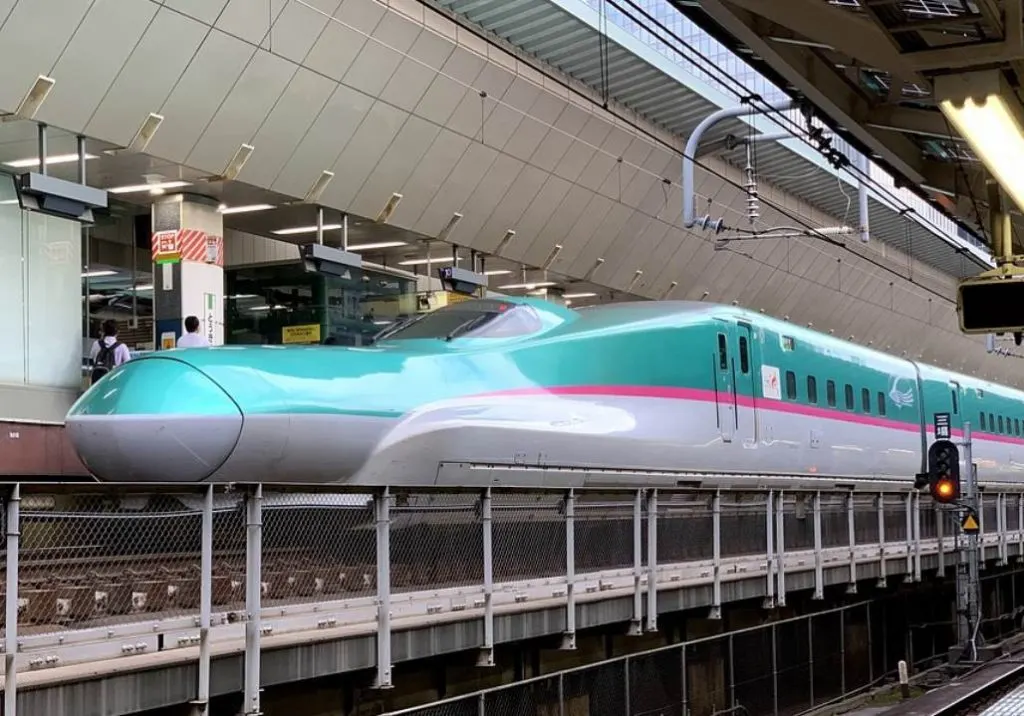If you ever plan to visit Tokyo, then this amazing railway station will most probably be one of the places you’ll visit.
Let’s take a closer look at some of the most interesting facts about Tokyo Station so you can learn all about one of the busiest stations in Japan.
1. It’s located just east of another major attraction in Tokyo
Tokyo Station is an enormous railway complex located right in the heart of the biggest metropolis on the planet.
The station was seriously extended to the east and is divided into two different sections marked as Marunouchi in the west and Yaesu in the east.
The western part was the first section of the station to be completed and is located right next to the Imperial Palace of Tokyo, one of the most popular tourist attractions in the city. The iconic Tokyo Tower isn’t that far away to the southwest as well.
The combination of the historic building on the west side of the station with the amazing skyscrapers in the background is quite a fascinating sight, especially in the evening.

2. It’s the busiest station in Japan in one particular area
Because of its central location in the city, there’s hardly a place in the city that you can’t go to while departing from this station. This also means that it’s one of the busiest railway stations in Japan.
Apart from numerous lines within the city, many of which are directly connected to the Tokyo Metro system, it’s also the most important inter-city station in Japan. This means you can hop on a train here and travel to numerous other cities in the country.
Even though it’s only the 5th-busiest railway station in Japan in terms of the number of passengers, it’s the busiest in terms of the number of trains that depart and arrive here.

Over 4,000 trains either arrive at the station or start their journey to another location every day, a staggering figure to say the least.

3. It was a lot more humble when it opened in the early 20th century
Even though plans to build a railway station in this location already came about in 1889, these plans were delayed because of the First Sino-Japanese War and Russo-Japanese War.
Following these horrible events, the construction finally started in 1908 and the station opened its doors for the first time on December 20, 1914.
There was only an entrance on the western side of the station and it only had 4 platforms, two serving electrical trains and two serving non-electrical. The south and east sides only served as exits back then.
The main station on the west side today has 10 platforms with 20 tracks, and multiple additional platforms were built on the other sides as well. All platforms are interconnected by a large number of underground tunnels.
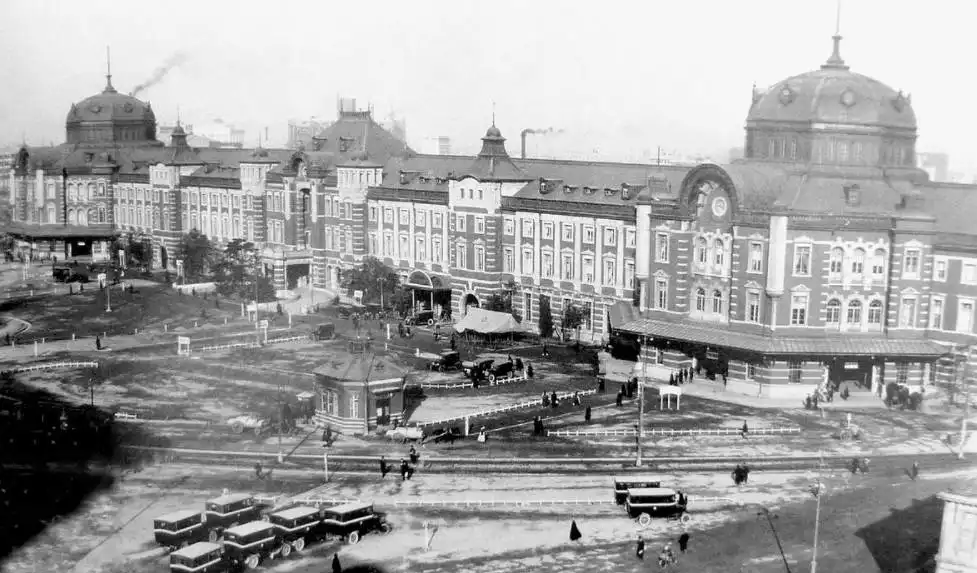
4. The western side of the building survived from when it opened in 1914
The brick-built structure on the western side is the only surviving feature of the station dating back to the time it first opened in 1914.
This doesn’t mean that this historic building is intact the way it was back then, though. On May 25, 1945, an extensive B-29 firebombing raid destroyed much of the station. This included the entire third floor of the structure and its original domes.
The station was rebuilt shortly after World War II but only had 2 floors instead of 3. The remarkable domes were replaced with simple roofs which means that the building lost most of its iconic appearance.
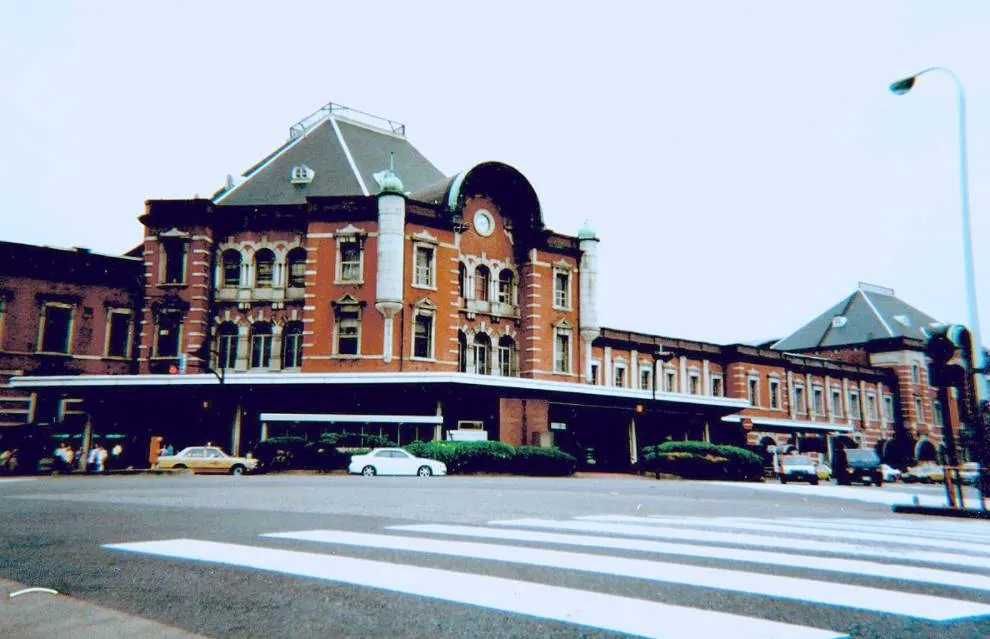
5. The station was completely renovated in a project completed in 2012
The area around the station developed quickly and it ended up being surrounded by shopping malls and skyscrapers. This meant that the building was up for a serious renovation project during the early 2000s.
Both the Marunouchi (west) and Yaesu (east) were completely renovated between 2007 and 2012 and the brick structure on the west side was restored to its original appearance, including the iconic domes.
The square in front of the building was completely redesigned as well and is now referred to as the “Marunouchi Central Plaza.” This is the perfect spot to relax after a busy day in Tokyo and admire the remarkable architecture of this fascinating structure.

More interesting facts about Tokyo Station
6. The amazing 3-story brick building of the station was designed by renowned Japanese architect Tatsuno Kingo (1854-1919). He also designed the Manseibashi Station which was destroyed by the 1923 Great Kantō earthquake.
The other famous building in Tokyo that he designed is the “Bank of Japan” building. This structure was designed in 1890 and completed in 1896 and still stands today.

7. The eastern part of the station isn’t too far away from Tokyo’s upscale shopping district called “Ginza.” This district is full of shops, boutiques, restaurants, and other luxurious establishments.
This commercial hotspot is considered to be one of the most expansive city districts in the world. It’s located just south of Yaesu, the name given as a direction to the east side of the station.
8. Even though the resemblance of the brick station building to the Amsterdam-Centraal railway station is striking, it has been refuted that Kingo used this as a model for the station.
Whether or not this is true remains an open question. The building’s architect did, however, travel to Europe to study buildings for his design of the Bank of Japan building.
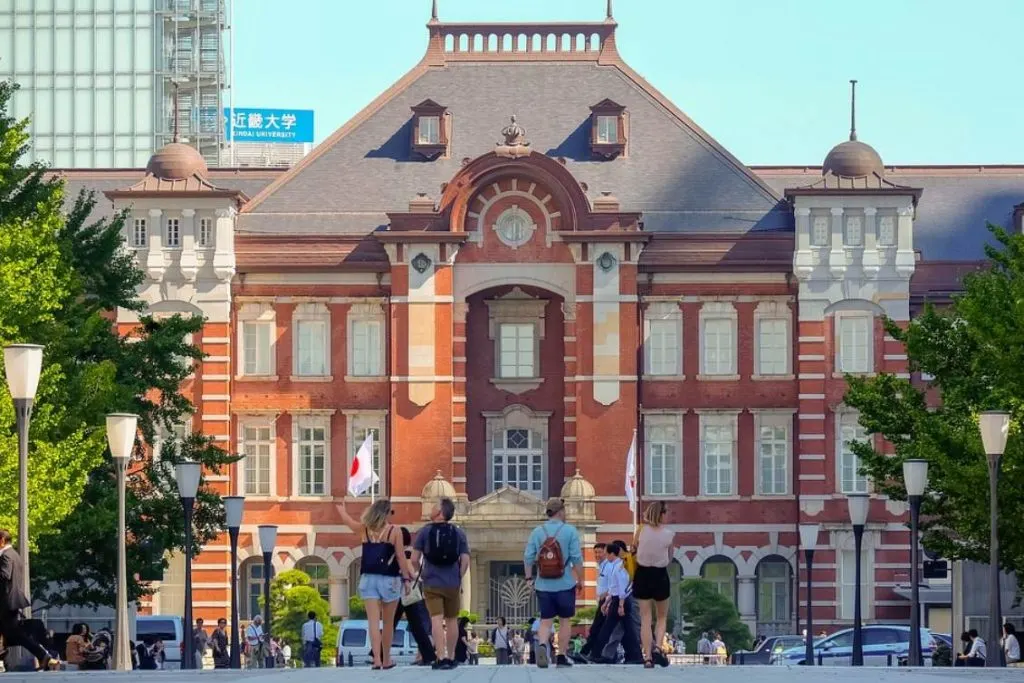
9. The west side of the station was the only entrance until the year 1929. This was the year that the Yaesu side of the station was completed.
This section was completely rebuilt following World War II and seriously expanded as well. The Tokyo Metro has been connected to the station since 1956.
10. The station has a dark history as well because it has been the scene of two assassinations. On November 4, 1921, the Prime Minister of Japan named Hara Takashi was stabbed to death in front of the south side of the station.
Less than a decade later, on November 14, 1930, another Prime Minister of Japan named Hamaguchi Osachi was fatally shot by an ultra-nationalist. A plaque inside the station commemorates the man who died after being shot here.
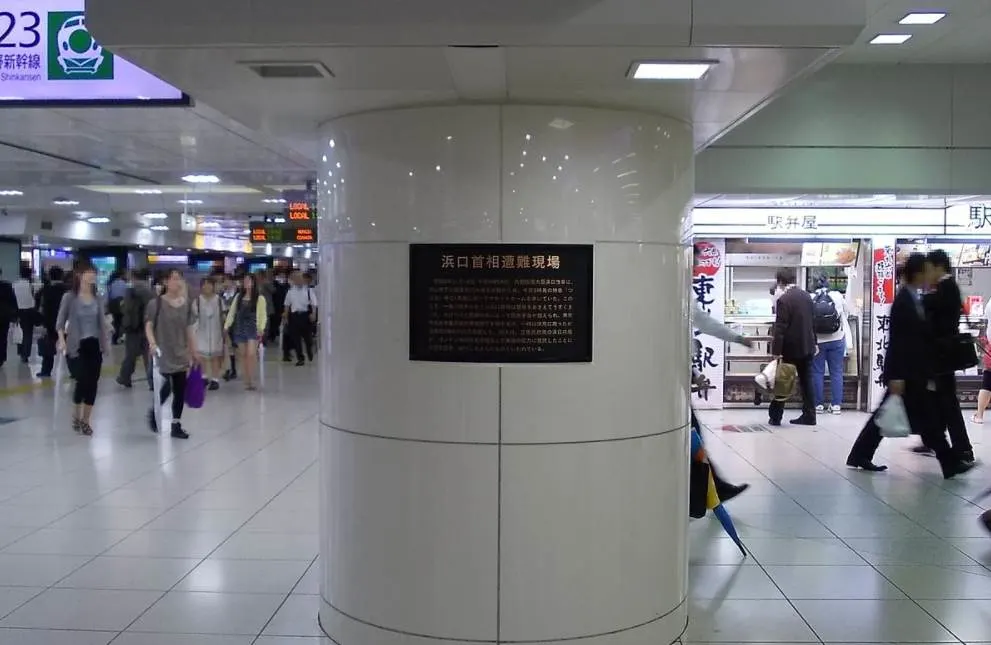
11. Upon completion in 1914, the station was used by 553,105 yearly passengers. This number jumped quickly to 4,879,042 just 5 years later in 1919. A decade later, the number of yearly passengers reached a peak at 24,926,502 in 1929.
These numbers have been obliterated in recent times as back in 2018, the station was used by 467,165 daily passengers or 170,515,225 yearly passengers.
12. The east side of the station is mostly reserved for the so-called “bullet trains” on the Shinkansen network. This is the Japanese equivalent of the European TGV network which connects cities through high-speed railway lines.
The entire network consists of 2,764.6 kilometers (1,717.8 miles) and features trains that reach speeds of between 240 and 320 km/h (150–200 mph).
